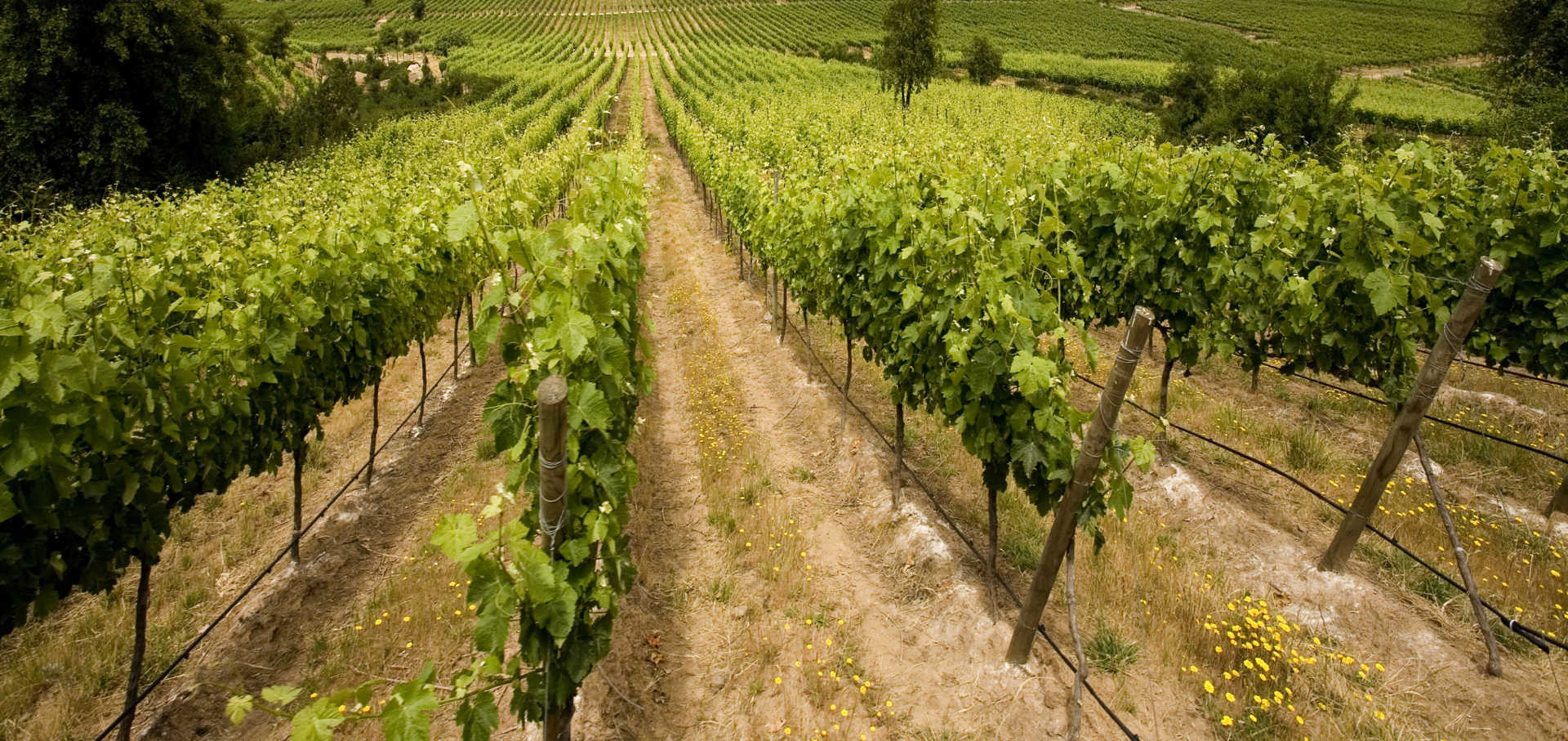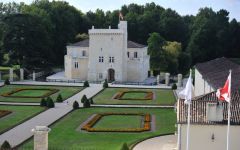Chateau La Tour Carnet 2016
-
Wine
Enthusiast -
James
Suckling - Decanter
-
Robert
Parker -
Wine
Spectator -
Jeb
Dunnuck



Product Details
Your Rating
Somm Note
Winemaker Notes
Deep garnet, with hints of mahogany and biscuit, signs of aging. The nose is complex. Notes of blackcurrant and plum appear in turn, followed by secondary aromas of spices, like cinnamon, and roasted notes of charred wood.Forthright flavor revealing the incredible finesse of well-rounded, perfectly balanced tannins. Roasted notes and ripe fruit on the palate. Balanced, full-bodied finish. Christmas turkey or capon, stuffed with truffle and chestnut confit.
Professional Ratings
-
Wine Enthusiast
This is a rich wine, packed with tannins that contrast the fresh acidity and black currant fruit. It's a solid wine that's constructed to age.
-
James Suckling
For a Haut-Médoc, this has an impressive depth of blackberry and blueberry character, together with a fine vanilla-oak note that beautifully complements the supple and finely nuanced, medium body. I love the crisp and delicately herbal, dry finish. A blend of 62 per cent merlot, 35 per cent cabernet sauvignon, two per cent petit verdot and one per cent cabernet franc. Better from 2020.
-
Decanter
This has a deep rich ruby colour with powerful dark fruit aromatics. It's smooth, rich and extremely good quality, with an oak smokiness evident but well integrated. It feels at the very beginning of its life, with everything in place but a little overly tight on the finish, although lovely menthol notes come through. The fruit is optically sorted, and following fermentation is aged in 30% new oak. Michel Rolland consults. Drinking Window 2024 - 2040
-
Robert Parker's Wine Advocate
Medium to deep garnet-purple colored, the 2016 la Tour Carnet has an earthy nose with tobacco and underbrush over a core of warm plums, kirsch and tea. The medium-bodied palate is refreshing, elegant, juicy and soft with a savory finish.
-
Wine Spectator
Juicy, offering a mix of dark currant and blackberry fruit flavors inlaid with hints of ganache, tobacco and licorice root. A nice grippy feel shows through the fruit while the fruit keeps pace. Drink now through 2029.
-
Jeb Dunnuck
From a terrific estate that always delivers the goods, and usually for a great price, the 2016 Château La Tour Carnet has good ripeness and exhibits ample black and blue fruits, hints of violets and flowers, medium-bodied richness, and outstanding balance. It shows the vintage beautifully and will keep for 10-15 years or so.
Other Vintages
2022-
James
Suckling - Decanter
- Decanter
-
Robert
Parker -
James
Suckling
-
Wine
Enthusiast -
James
Suckling -
Jeb
Dunnuck - Decanter
-
Robert
Parker
-
James
Suckling -
Robert
Parker -
Jeb
Dunnuck -
Wine
Spectator
-
James
Suckling -
Robert
Parker - Decanter
-
Wine
Enthusiast -
James
Suckling -
Robert
Parker -
Tasting
Panel -
Wine
Spectator
-
Wine
Spectator -
Robert
Parker
-
Robert
Parker -
Wine
Enthusiast -
James
Suckling
-
Robert
Parker -
Wine
Enthusiast -
James
Suckling
-
Robert
Parker
-
Robert
Parker -
Connoisseurs'
Guide -
Wine
Spectator
-
Wine
Enthusiast -
Wine
Spectator -
Robert
Parker -
Connoisseurs'
Guide
-
Wine
Enthusiast -
Robert
Parker
-
Robert
Parker




One of the world’s most classic and popular styles of red wine, Bordeaux-inspired blends have spread from their homeland in France to nearly every corner of the New World. Typically based on either Cabernet Sauvignon or Merlot and supported by Cabernet Franc, Malbec and Petit Verdot, the best of these are densely hued, fragrant, full of fruit and boast a structure that begs for cellar time. Somm Secret—Blends from Bordeaux are generally earthier compared to those from the New World, which tend to be fruit-dominant.

While it claims the same basic landscape as the Medoc—only every so slightly elevated above river level—the Haut Medoc is home to all of the magnificent chateaux of the Left Bank of Bordeaux, creating no lack of beautiful sites to see.
These chateaux, residing over the classed-growth cru in the villages of Margaux, Moulis, Listrac, St-Julien, Pauillac and St. Estephe are within the Haut Medoc appellation. Though within the confines of these villages, any classed-growth chateaux will most certainly claim village or cru status on their wine labels.
Interestingly, some classed-growth cru of the Haut Medoc fall outside of these more famous villages and can certainly be a source of some of the best values in Bordeaux. Deep in color, and concentrated in ripe fruit and tannins, these wines (typically Cabernet Sauvignon-based) often prove the same aging potential of the village classed-growths. Among these, the highest ranked chateaux are Chateau La Lagune and Chateau Cantemerle.
